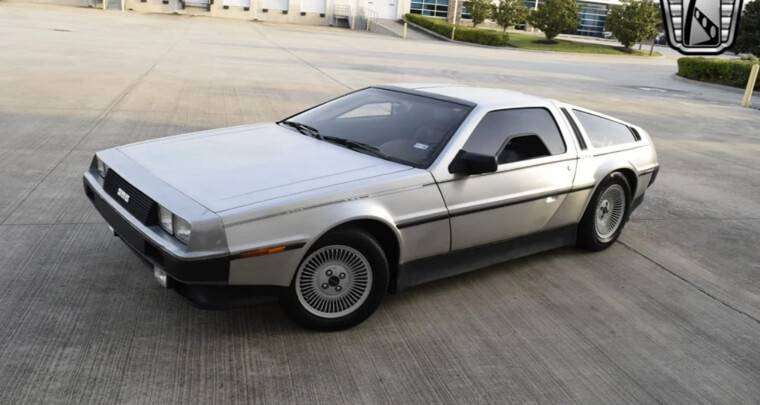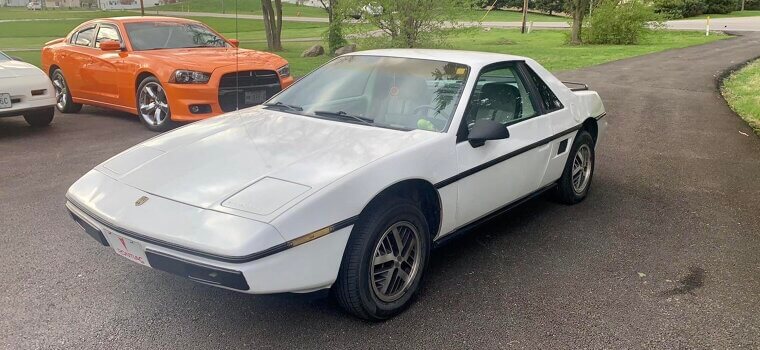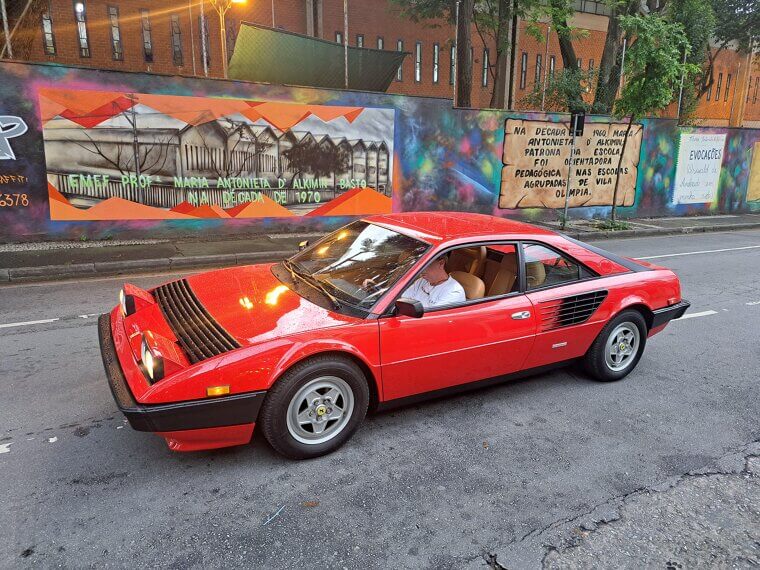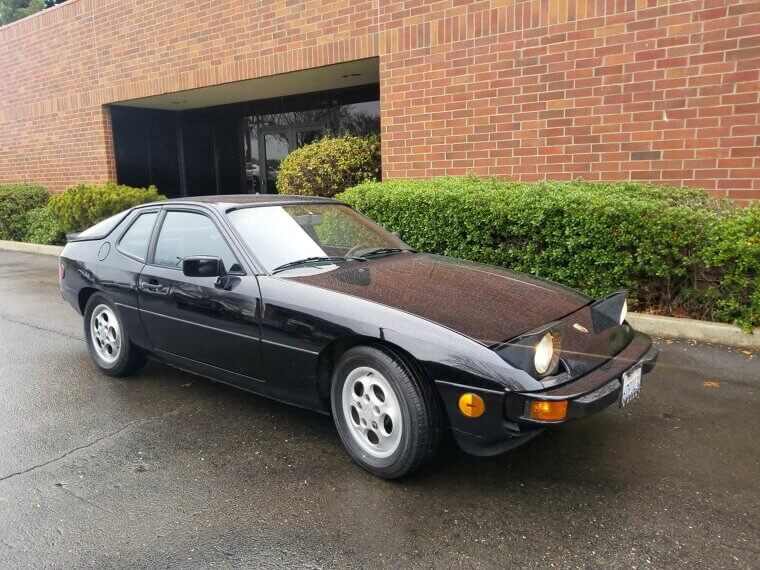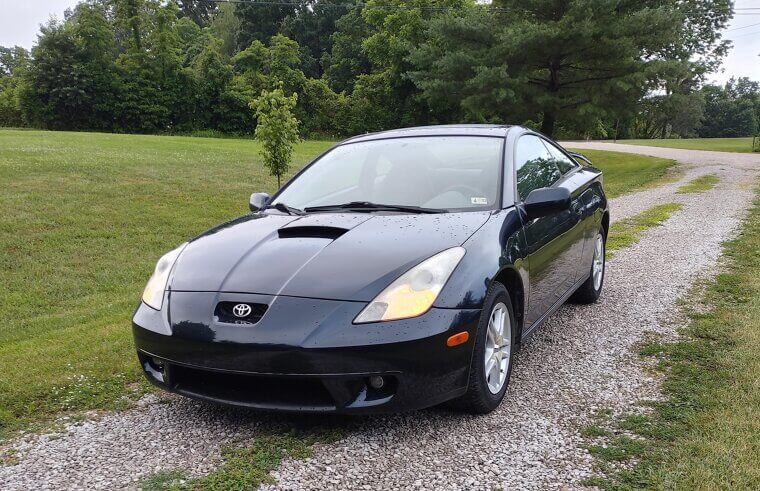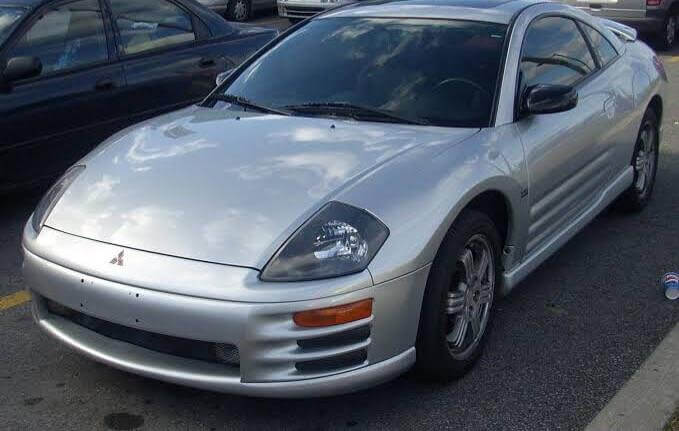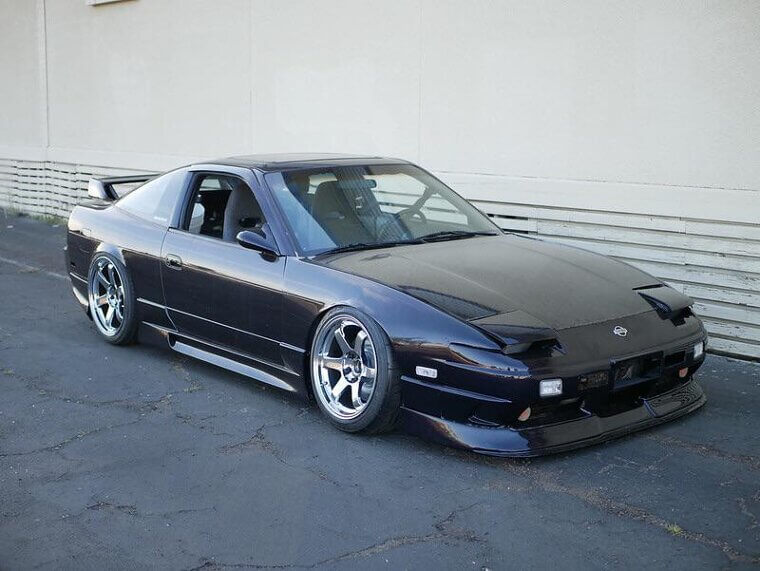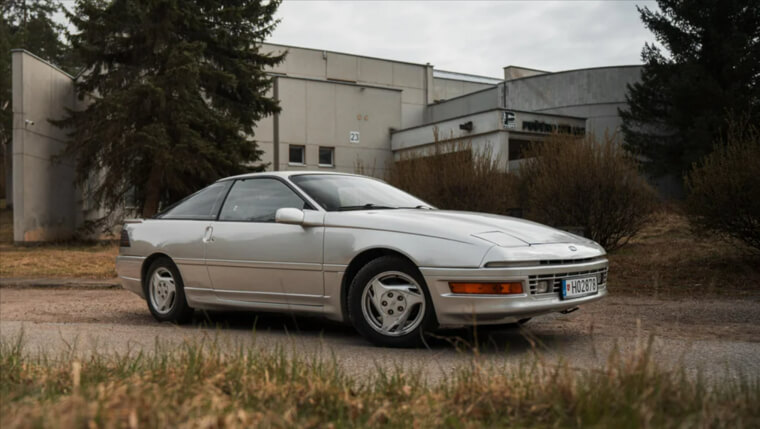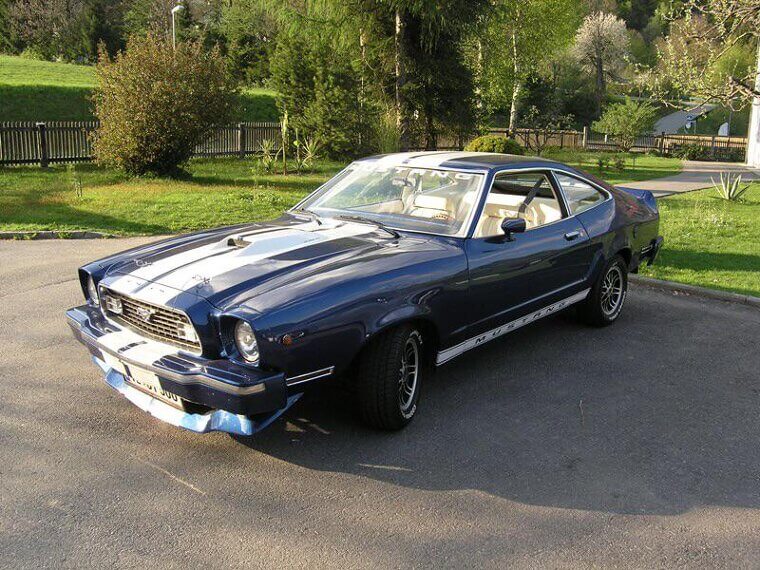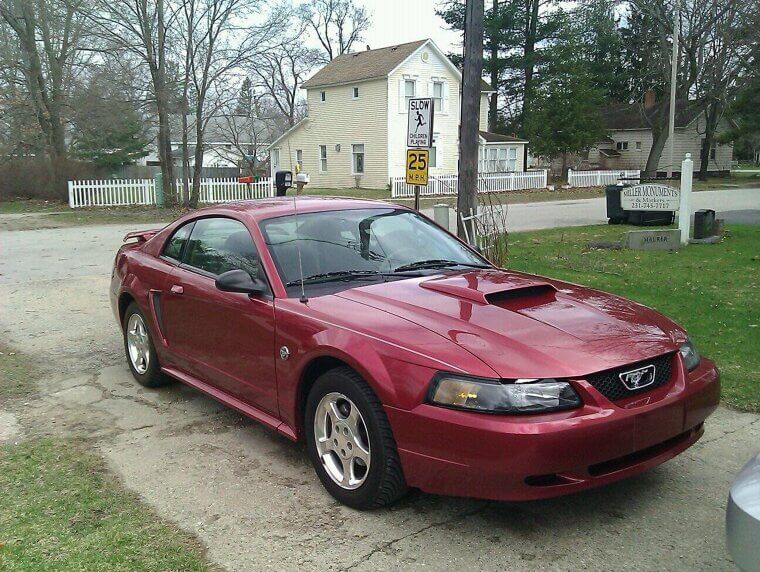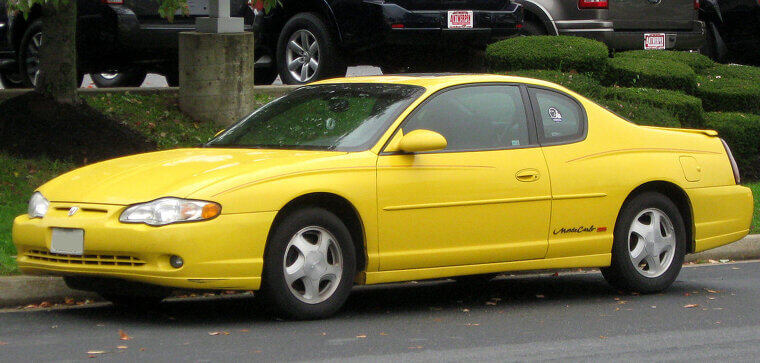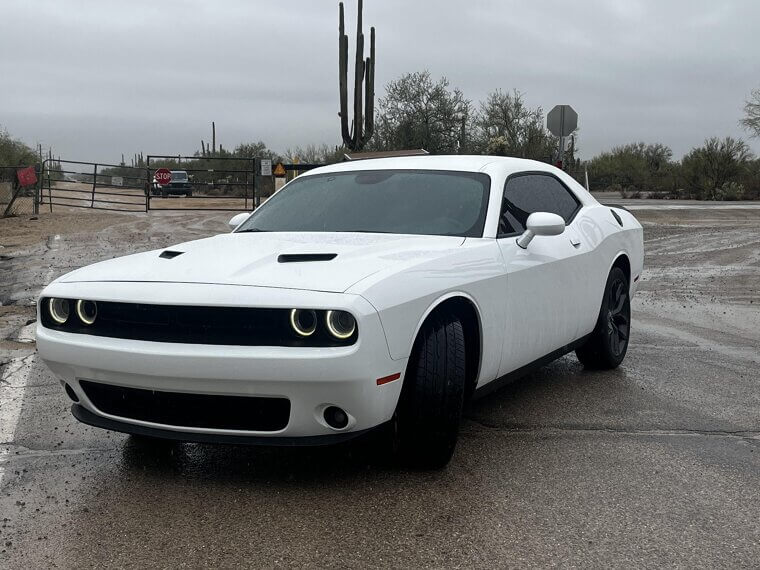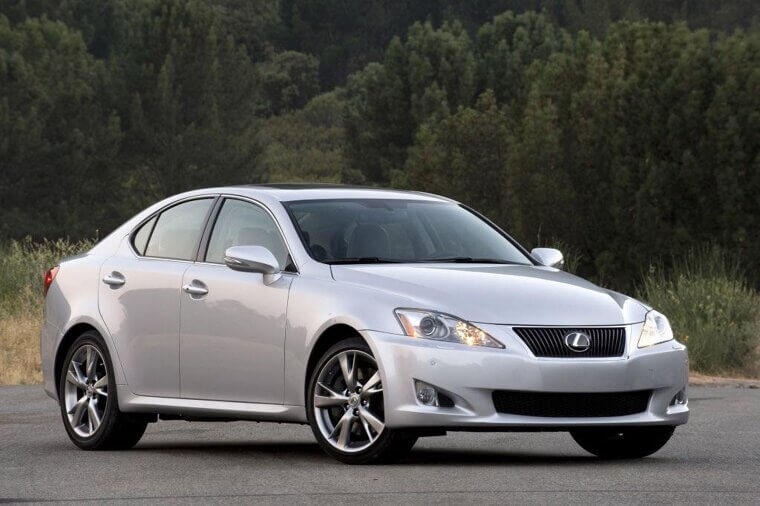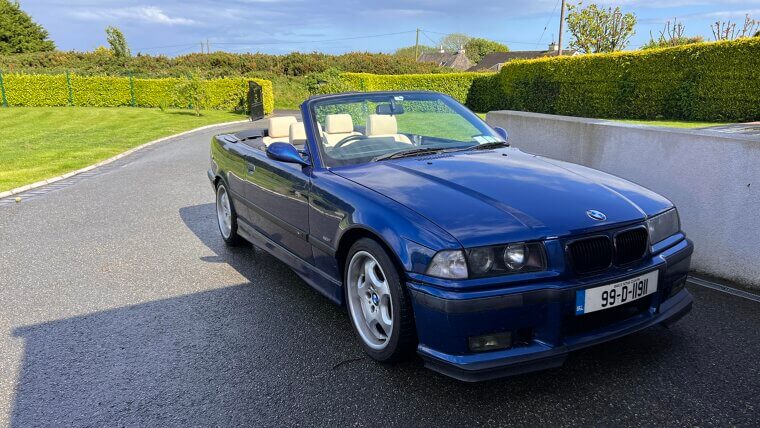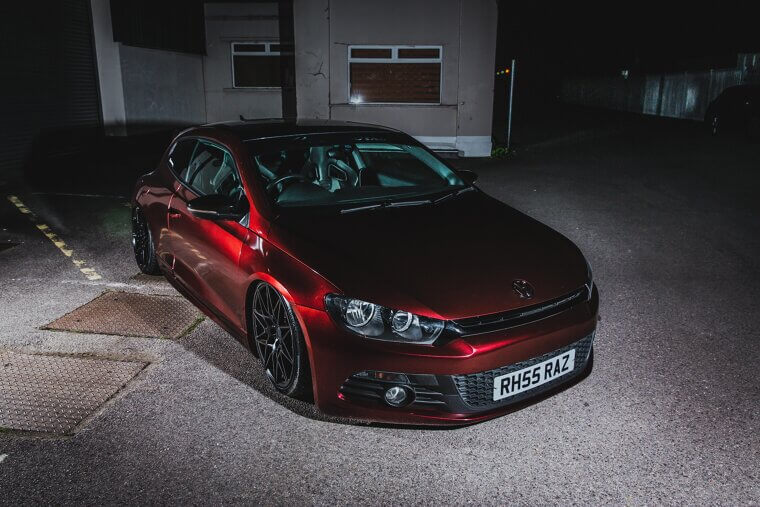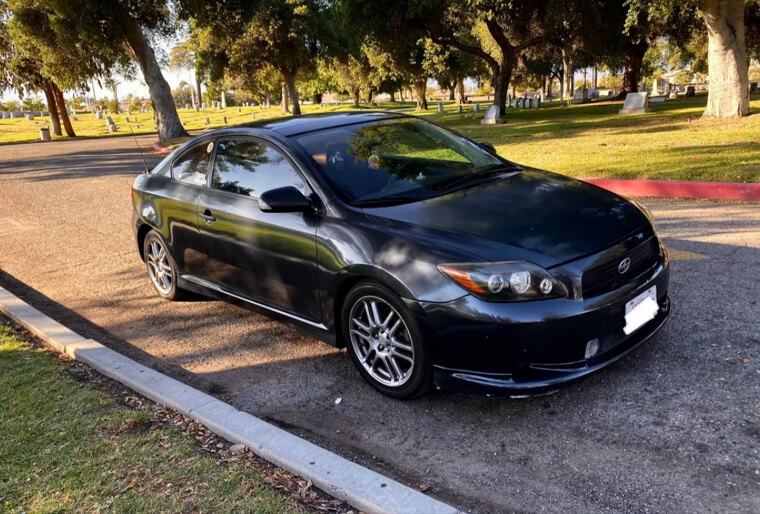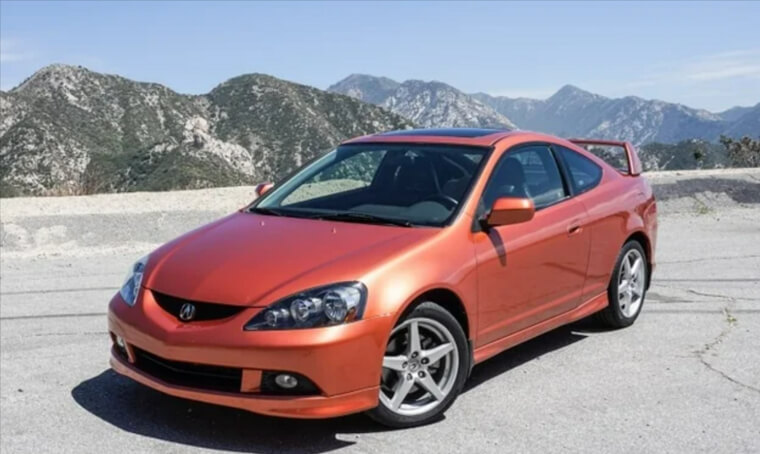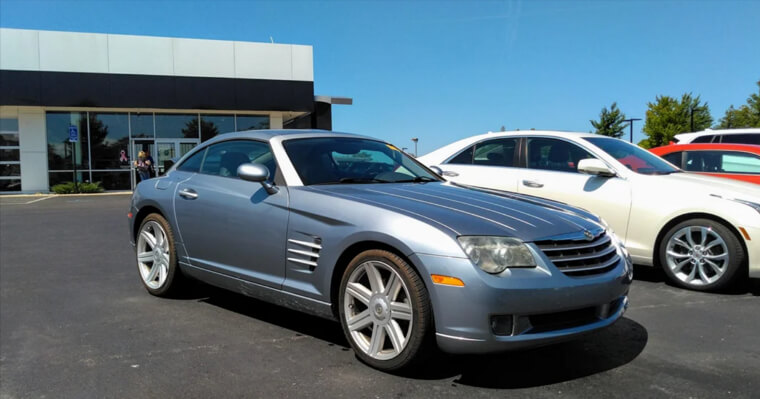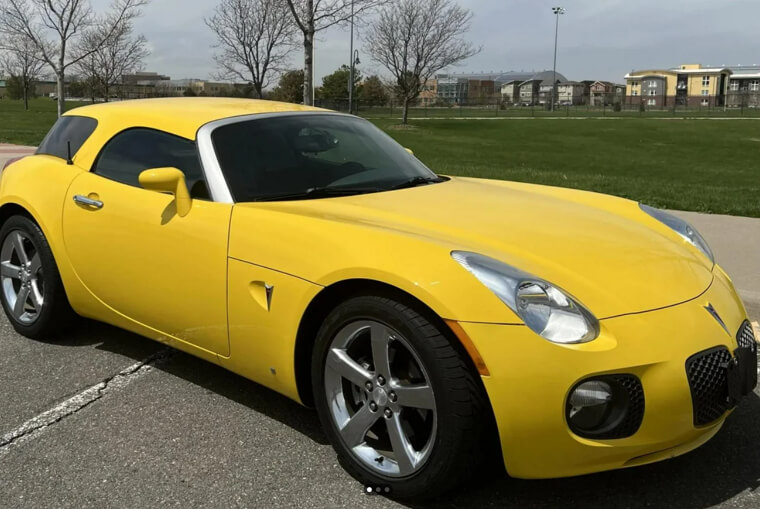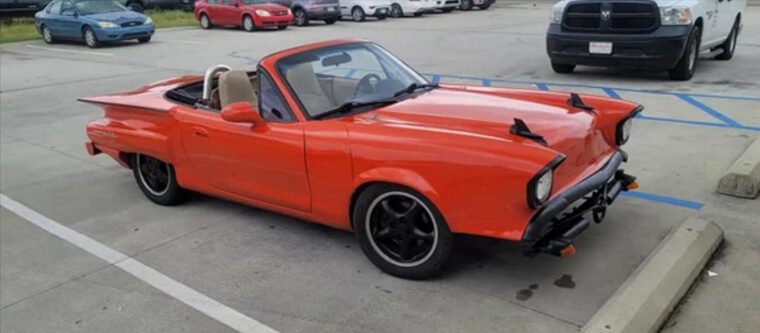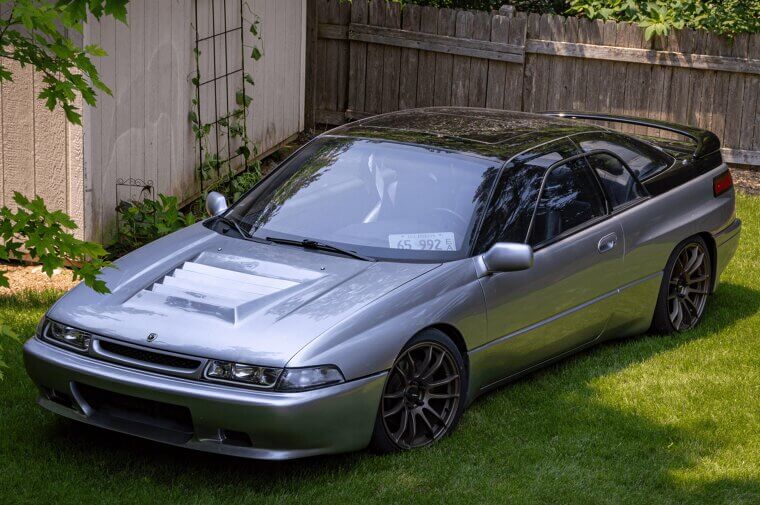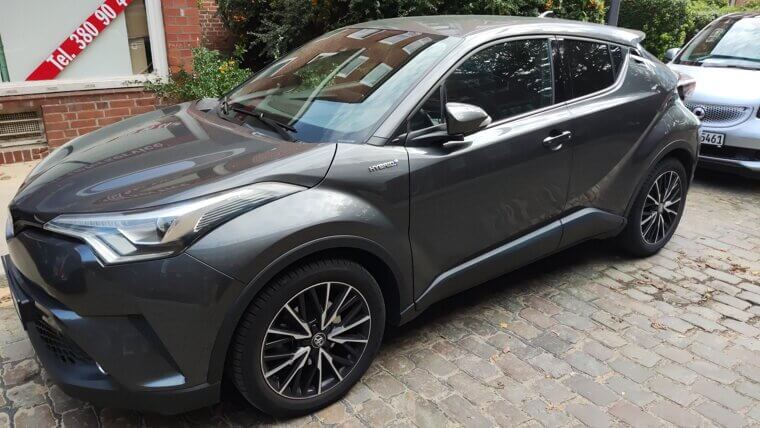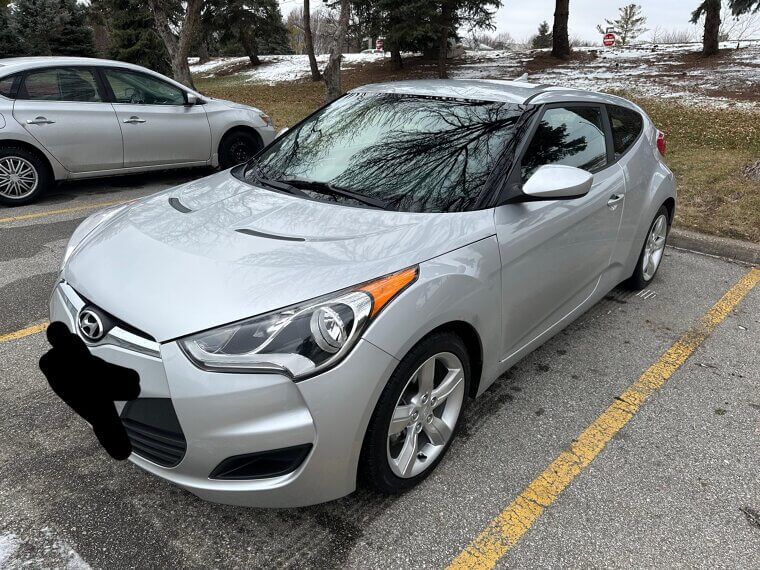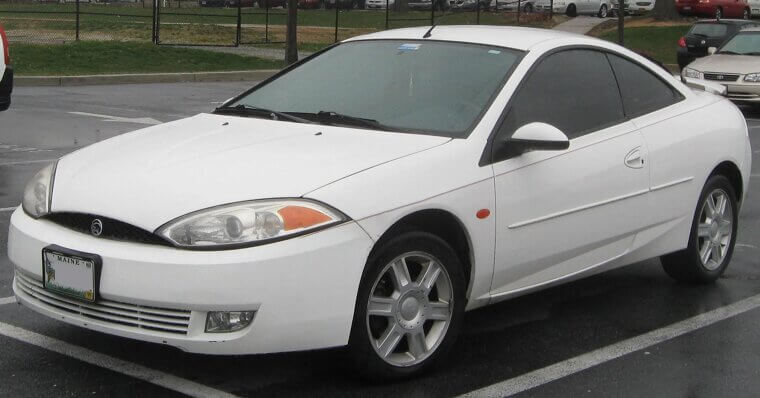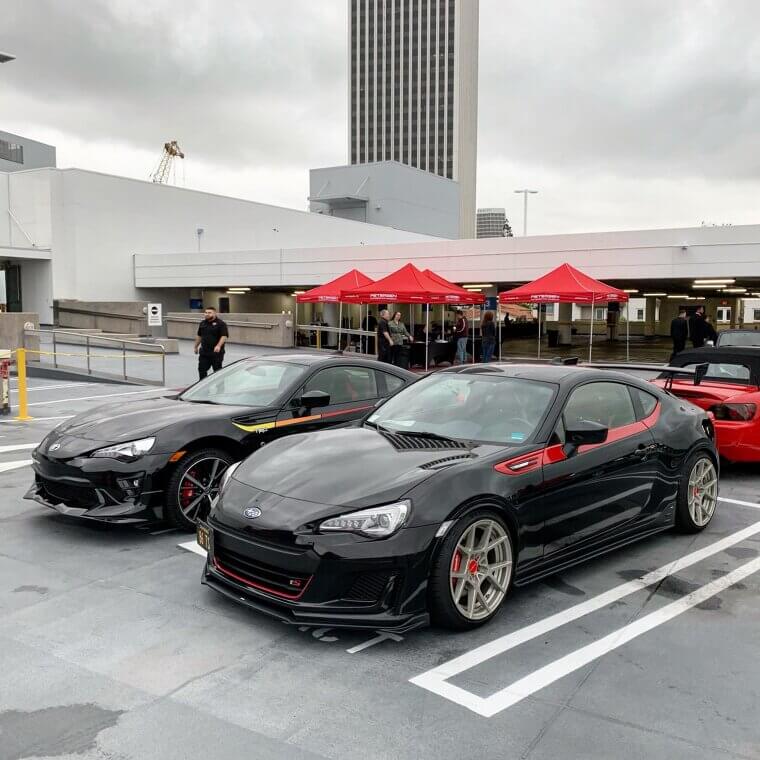These Cars Look Faster Than They Actually Are
Some cars wear their speed like a tailored suit: big vents, sharp lines, and spoilers whispering promises. Then the light turns green, and reality taps the brakes. This gallery spotlights machines that deliver plenty of sizzle but not much sprint. Expect handsome impostors, rental‑lot “muscle,” and coupes built for cruising, not bruising. Click through and meet the fastest‑looking slowpokes on four wheels.
DeLorean DMC‑12 (1981–1983)
All stainless swagger and gullwing drama, the DMC‑12 looks ready to vaporize the quarter mile. Then the PRV V6 clears its throat and politely requests patience. Weight, gearing, and modest output turn sprinting into sightseeing, making this time‑machine aesthetic better at posing than pouncing.
Pontiac Fiero 2.5 (1984–1988, Base)
Mid‑engine layout, pop‑up lamps, and a wedge profile promise small Ferrari theatrics. The base 2.5‑liter “Iron Duke” counters with dutiful torque and a siesta‑length rev range. It corners eagerly enough, yet acceleration feels like a polite handshake—confident, friendly, and never in any particular hurry.
Ferrari Mondial 8 (1980–1982)
Elegant Pininfarina lines, a gated shifter, and that badge suggest fireworks. The early Mondial 8 delivers a cultured murmur instead, prioritizing grand‑tour grace over brutal thrust. Long gearing and conservative tuning make this 2+2 feel refined, composed, and quietly content to miss the checkered flag.
Porsche 924 (early Base Models)
Low, tidy, and purposeful, the 924 wears Porsche cues like a tailored suit. Early base models bring tidy handling and admirable balance, not lunging launches. With a modest four‑cylinder and relaxed gearing, it prefers momentum and precision to brute force, more scalpel than sledgehammer at speed.
Porsche 914 1.7
Targa roof, mid‑engine layout, and minimalist lines promise mischief. The 1.7‑liter flat‑four answers with cheerful momentum rather than menace. Light weight and crisp steering keep grins wide, but straight‑line zeal stays shy; it’s a dancer on back roads, not a sprinter off the line.
Toyota Celica GT (2000–2005, Base)
Sharp origami styling and a racy stance mirror the GT‑S, but the GT’s friendlier engine keeps revs and drama lower. Light on its feet and generous in reliability, it trades top-end fireworks for everyday pace, turning canyon fantasies into tidy commutes with sporty looks doing heavy lifting.
Mitsubishi Eclipse (2000s Base Trims)
Big spoilers, swoopy glass, and tuner energy hint at street‑racer speed. Base‑trim Eclipses usually pair that look with modest four‑cylinders and long gearing, delivering smooth cruising more than sprints. It photographs like a sprinter, yet treats green lights like friendly suggestions, not starting pistols.
Hyundai Tiburon (base Models)
A shark‑inspired name, slashed headlamps, and coupe stance promise a bite. Base Tiburons, though, nibble gently, emphasizing style, value, and reasonable insurance over raw thrust. Steering feel and everyday comfort shine, while acceleration prefers unhurried confidence to carnivorous lunges—a handsome reef fish, not an apex predator.
Honda CR‑Z
Low, sculpted, and gadget-forward, the CR-Z wears hot-hatch couture. Its hybrid system champions efficiency, not fireworks, even with a manual. Lively chassis tuning rewards corners, yet straight‑line pace stays demure. It’s the gym buddy who never skips cardio—fit, focused, and rarely chasing personal records.
Nissan 240SX (USDM, Stock)
Clean lines, pop‑ups, and drift‑scene cred set expectations sky‑high. Stock US 240SXs, though, run the sturdy KA24 four‑cylinder with distinctly truck‑like manners. Great balance, friendly gearing, and tunability shine, but factory straight‑line pace is a yawn in stock trim. Looks like mischief leaves lights… respectfully.
Ford Probe (base, Both Generations)
Wind‑tunnel smooth and future‑forward outside, the base Probe hides thrift under the sheen. Mazda bones and economy‑minded fours prioritize range over rage, with long gearing that keeps sprints civilized. It photographs fast, then politely merges, happy to hum along at commuter tempo instead of attack speed.
Ford Mustang II (especially Base)
Stripes, spoilers, and swagger promise venom; the base Mustang II delivers garden‑snake vibes. Emissions‑era tuning, heavy bumpers, and cautious gearing tamp down theatrics. It looks like Saturday night, drives like Sunday afternoon. Great for cruising Main Street, not detonating stoplights—unless you’re detonating them with decals.
Ford Mustang V6 (1994–2004)
It has the same swaggering silhouette as the GT, minus the thunder. The SN95 V6 Mustang whispers through traffic with laid‑back torque and soft launches, more cruise‑night soundtrack than dragstrip declaration. It is comfortable, durable, and perfectly pleasant—but that long hood writes checks that the base exhaust note won't cash.
Chevrolet Camaro 2.5 “Iron Duke” (1982–1986)
Third‑gen Camaro attitude in spades, then the spec sheet coughs: Iron Duke four. It’ll run forever on fumes and optimism, just not quickly. Great stance, great T‑top vibes, but acceleration feels like a motivational poster—lots of promise, modest results. The body says brawler; engine says budget.
Chevrolet Monte Carlo (2000–2007, Base)
NASCAR‑flavored snout, coupe roofline, and splashy graphics suggest hot laps. Base Monte Carlos reply with couch‑comfortable manners and a pleasantly unhurried V6. It’s more interstate lounge than pit‑lane lunge, gliding through life like a sponsored pace car that forgot the green flag. Stylish? Absolutely. Urgent? Not today.
Dodge Challenger SXT (V6)
Square‑jawed, wide‑tracked, and retro‑ripped, the Challenger SXT looks like it bench‑presses neighborhoods. Then the scales and gearing intervene, turning the V6’s enthusiasm into amiable jogs. Big‑car charm, boulevard presence, and comfy seats deliver smiles; stopwatch drama stays home. It’s flexing for photos, not chasing personal bests.
Dodge Charger SE/SXT (early V6)
Cop‑car stance, crosshair grille, and shoulder‑pads for days—sadly, early V6 Chargers keep things admirably cordial. Without the Hemi thunder, launches feel like firm handshakes rather than haymakers. Roomy, comfy, and authoritative in mirrors, it’s more highway escort than high‑noon showdown when the light turns green.
Lexus IS250
The tailored cabin, taut sheet metal, and quad‑eye attitude advertise a sprinting pedigree. The IS250’s silky 2.5‑liter V6 counters with refined composure and a measured, deliberate jog. Handling’s tidy, the interior’s serene, but the speedometer climbs like a careful accountant. Gorgeous suit, sensible shoes, built for longevity, not lunges.
Infiniti G25
The G25 features the same handsome shell as the G37, but its smaller V6 swaps fireworks for finesse. It presents itself neatly, revs politely most days, and maintains a distance from drama. From a distance, it promises chaos; behind the wheel, it delivers competence—great daily manners, subdued straight‑line mischief.
BMW 318i/320i M Sport
A lowered stance, shadowline trim, and an M steering wheel promise fireworks. The 318i/320i M Sport then serves a smooth, efficient pace from small four‑cylinder engines. The speed is sufficient for running errands, not for boasting. Chassis brilliance shines, but straight‑line drama idles in Eco Pro, sipping fuel and expectations alike.
Mercedes‑Benz C180/C200 AMG Line
AMG bumpers, a diamond grille, and multi‑spoke wheels suggest pit‑lane credentials. The C180/C200 AMG Line boasts dutiful turbo fours and calm gearing. It cruises serenely, prioritizing refinement over records. He may appear bossy in the mirror, but he prefers coffee runs over time attacks and spreadsheets to split times most days.
Audi A3 1.4/1.5 TFSI S Line
S line skirts, grille texture, and snug seats sell hot‑hatch energy. The 1.4/1.5 TFSI focuses on clever downsized torque and economy. Linear, tidy, and calm, it favors seamless progress over scoreboard glory. Dress code says sprint; the engine votes for sustainable, civilized jogging during everyday traffic.
Volkswagen Scirocco 1.4 TSI (Mk3)
Low roof, wide hips, and a coupe stance promise fireworks. The 1.4 TSI answers with eager midrange and sensible restraint. It’s polished, balanced, and efficient, more grand‑tour glide than dragstrip dash. The styling shouts Saturday night; the stopwatch hears a well‑mannered Thursday afternoon, most of the time.
Scion TC
Slammed roofline, big wheels, and a panoramic glass roof signal mischief. The tC’s naturally aspirated four keeps things friendly, delivering dependable shove without theatrics. It’s stylish, smooth, and durable—more campus cruiser than canyon carver. Looks fast in photos, then cheerfully jogs through everyday errands with admirable reliability.
Acura RSX (base)
Sleek shell, tidy cockpit, and a whisper of Type‑S attitude. The base RSX delivers smooth manners and efficiency, not redline heroics. Balanced chassis, comfortable ride, and sensible gearing make real‑world pace easy. It glides past gas stations while the stopwatch stifles a yawn on weekday commutes.
Chrysler Crossfire (non‑SRT6)
Concept‑car curves, a boat‑tail rear, and a dramatic roofline set expectations. The regular Crossfire’s Mercedes‑sourced V6 prefers relaxed grand‑touring, with gearing that smooths urgency into glide. Even on sunny Saturdays, it attracts attention at valet stands and treats the throttle like fine china—admired, utilized gently, and rarely slammed.
Pontiac Solstice 2.4 (base)
The long hood, tight tail, and roadster stance scream "track day." The base 2.4‑liter delivers agreeable torque and leisurely launches, more sunset cruise than stopwatch challenge. Steering feel delights, styling dazzles, yet acceleration stays courteous, like a party guest who compliments everyone, then leaves early, before the dancing.
Saturn Sky 2.4 (base)
Knife‑edge creases, chrome vents, and concept‑car swagger hint at havoc. The base, Sky’s naturally aspirated four, favors smooth roll-on over sprinting, sharing its modest muscle with the Solstice. Gorgeous from every angle, it photographs wild, then idles home gracefully—more magazine cover than midnight run, most weeknights, anyway.
Mazda MX‑5 Miata
Classic proportions, short overhangs, and a grin‑happy face imply mischief. The Miata delivers legends in corners, not drag races. Lightweight, modest power, and close ratios make momentum the hero. It wins hearts by flow, not fury—smiling through bends while straight‑line theatrics take a nap.
Subaru SVX
The window-within-window glass and the sweeping lines evoke the image of a spaceship runway. The flat-six hums confidently, yet the SVX’s hefty curb weight and long gearing turn launches into lingering farewells. Composed, comfortable, and undeniably distinctive, this grand tourer prefers interstates to intervals, graceful at speed, politely unhurried, leaving every stoplight.
Nissan Juke Nismo (non‑RS)
Bold fenders, contrast accents, and motorsport trim promise rally fireworks. The non‑RS Juke Nismo counters with a modest turbo four and a famously lazy CVT, smoothing any spikes into jogs. Grip and attitude are present; urgency isn’t. It looks caffeinated, yet accelerates like decaf: steady, never startling.
Toyota C‑HR
Knife‑fold creases, a floating roof, and outsized wheels shout velocity. The C‑HR’s small four‑cylinder and CVT translate that swagger into gentle progress, prioritizing efficiency over adrenaline. Agile enough in the city's cut‑and‑thrust, it still treats green lights like suggestions. Origami exterior, paper‑airplane haste—fun shape, friendly pace, mission accomplished.
Hyundai Veloster (base 1.6)
Asymmetric doors and a hot‑hatch posture set high expectations. The base 1.6‑liter Veloster is enthusiastic, not explosive, pairing tidy handling with measured thrust. It’s playful in corners, calm in traffic, and big on value. One engine for moderation and three doors for drama transform weeknight sprints into weekend strolls.
Mercury Cougar (1999–2002)
Euro-slick styling and a leaping cat suggest claws. The late 1990s Cougar delivers thrifty fours or modest V6s, more granola than growl. A composed chassis, roomy hatch, practicality, and reasonable insurance bills all charm daily. The badge purrs; the stopwatch naps. Fast looks, considerate manners—a very domesticated performance, delightfully tame.
Toyota 86 / Scion FR‑S / Subaru BRZ (gen One)
The track toy boasts a featherweight chassis, crisp steering, and a low center of gravity. The FA20 flat‑four answers with a modest 200‑ish horsepower and a famous torque dip. Skinny tires keep fun accessible, not ferocious. Momentum rules; stoplight sprints don’t. The creature devours corners and then sips coffee in the spaces between them.


